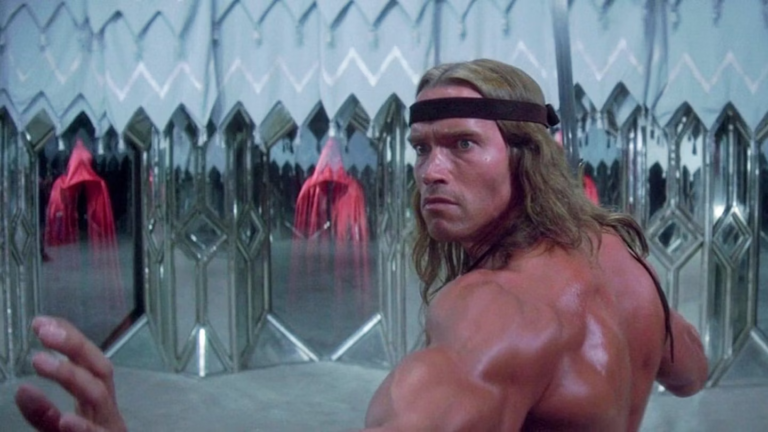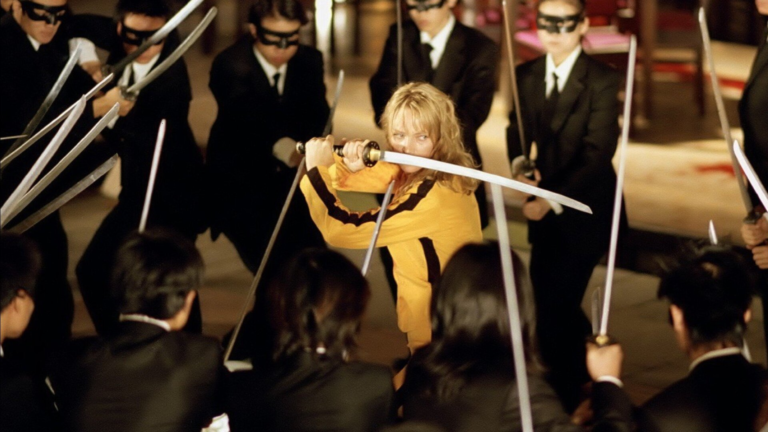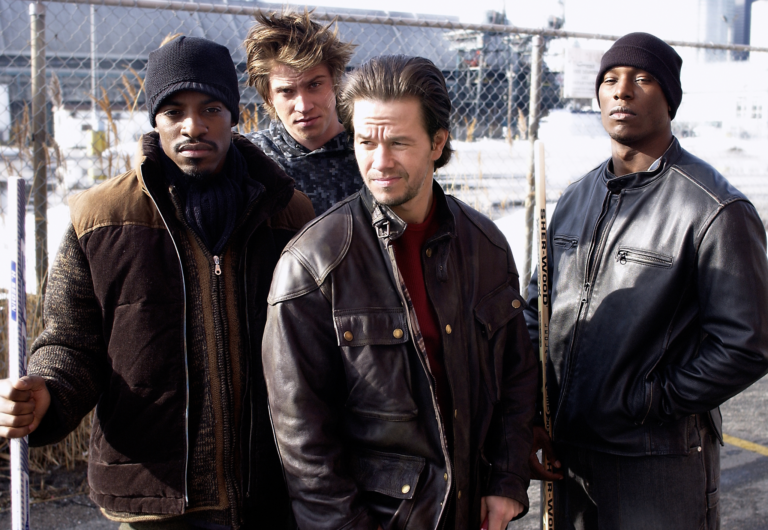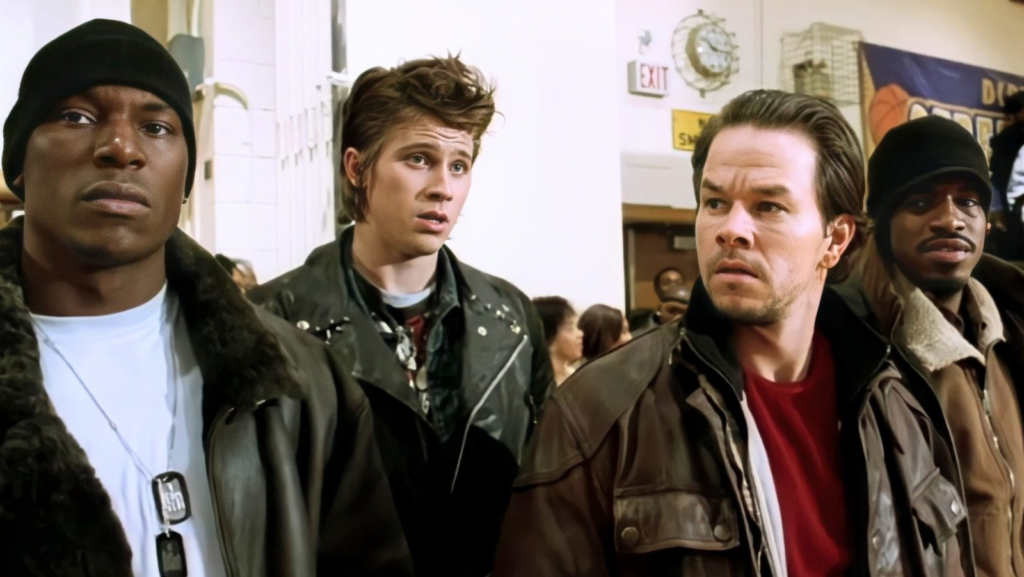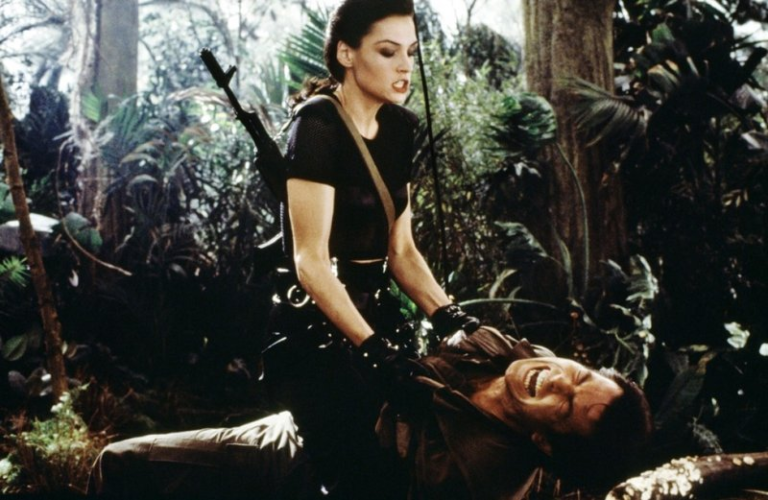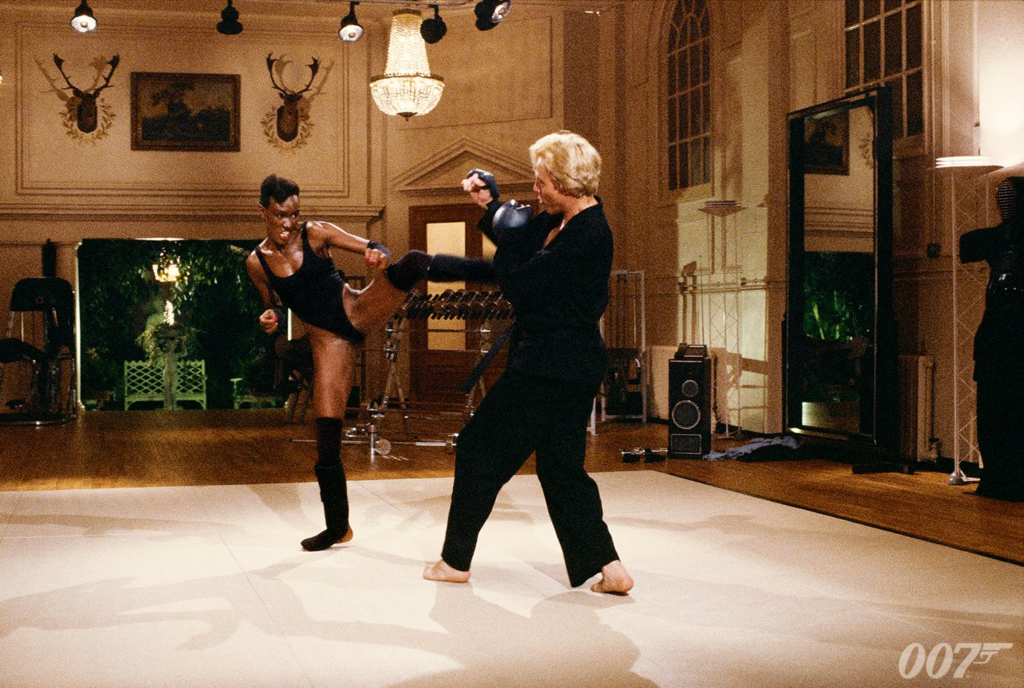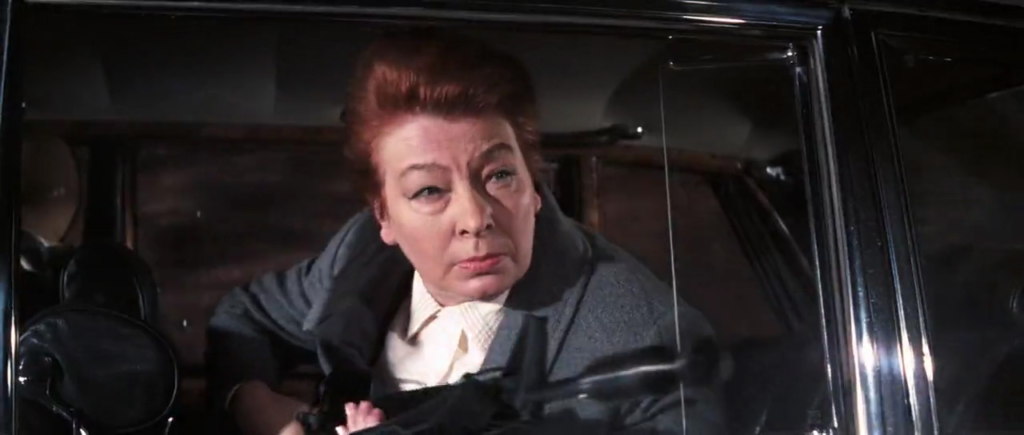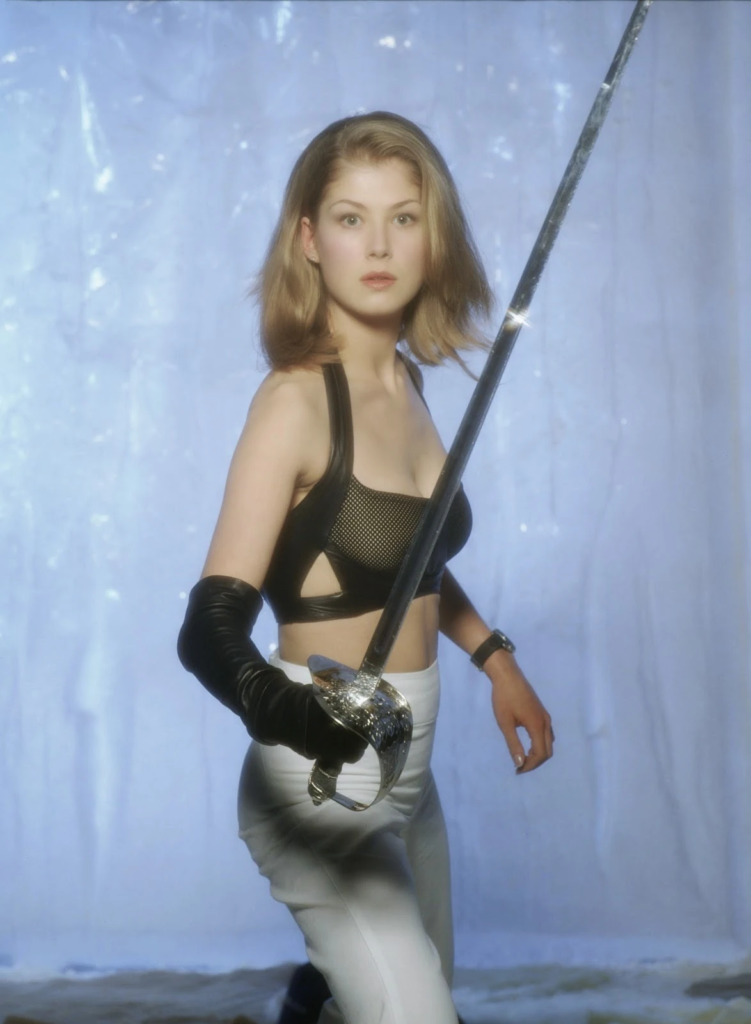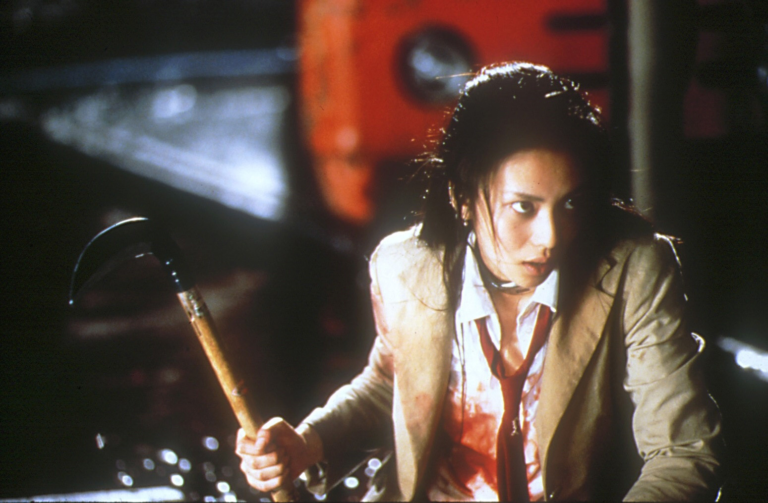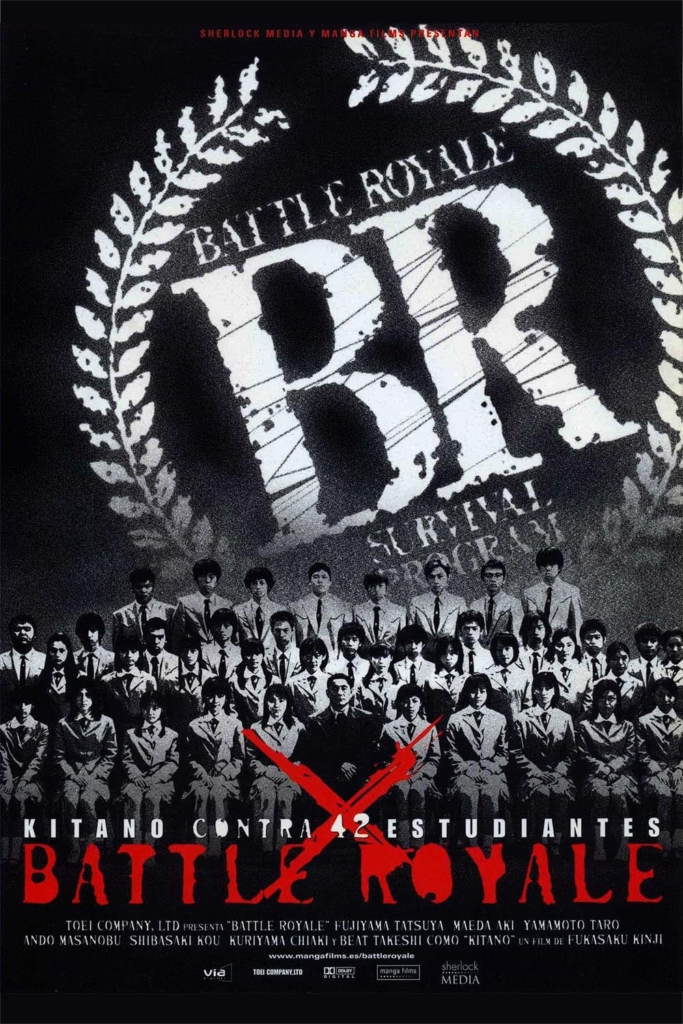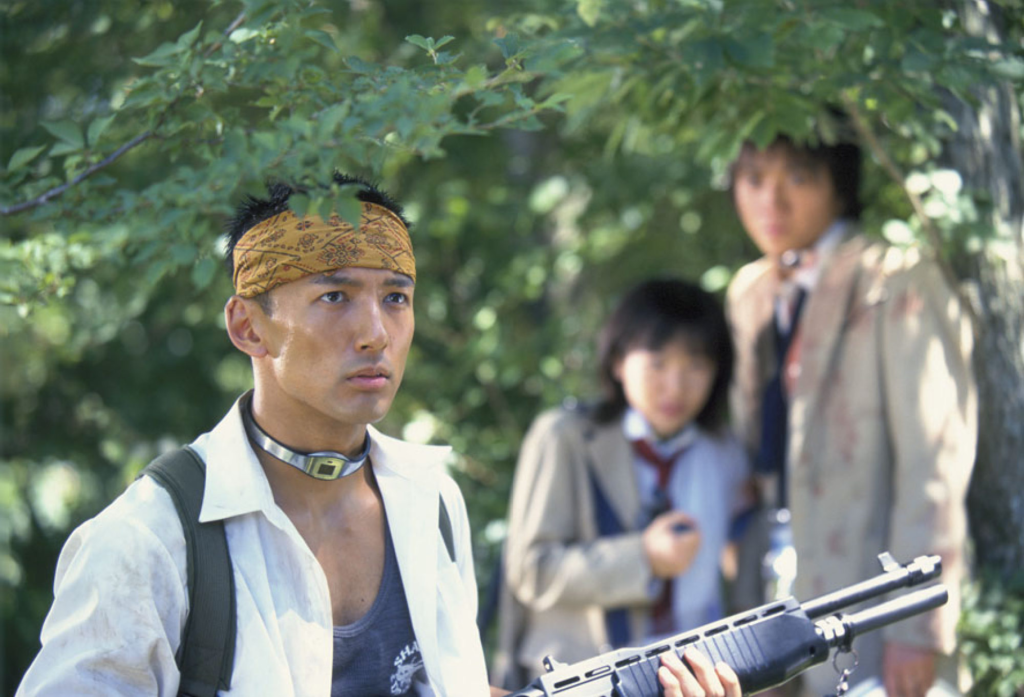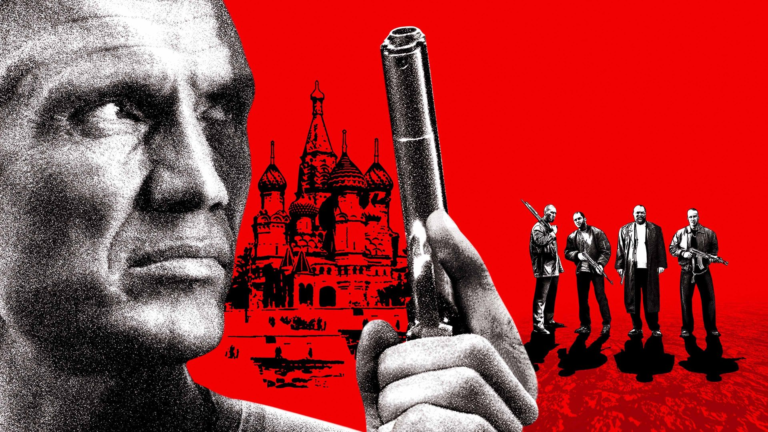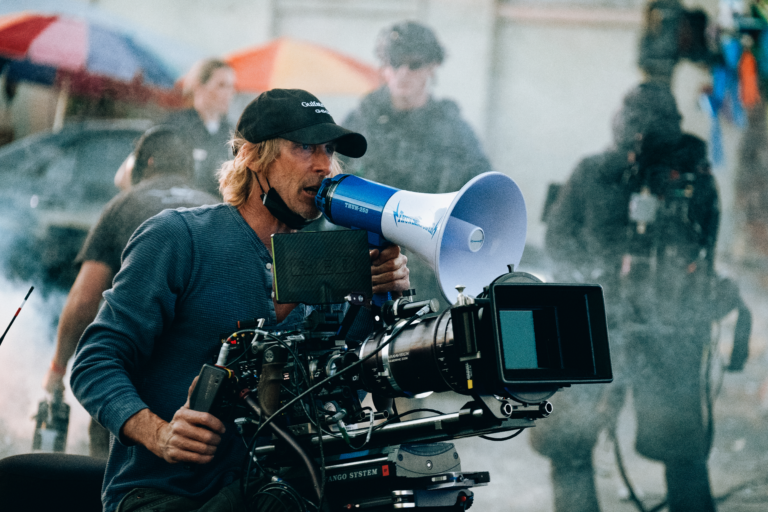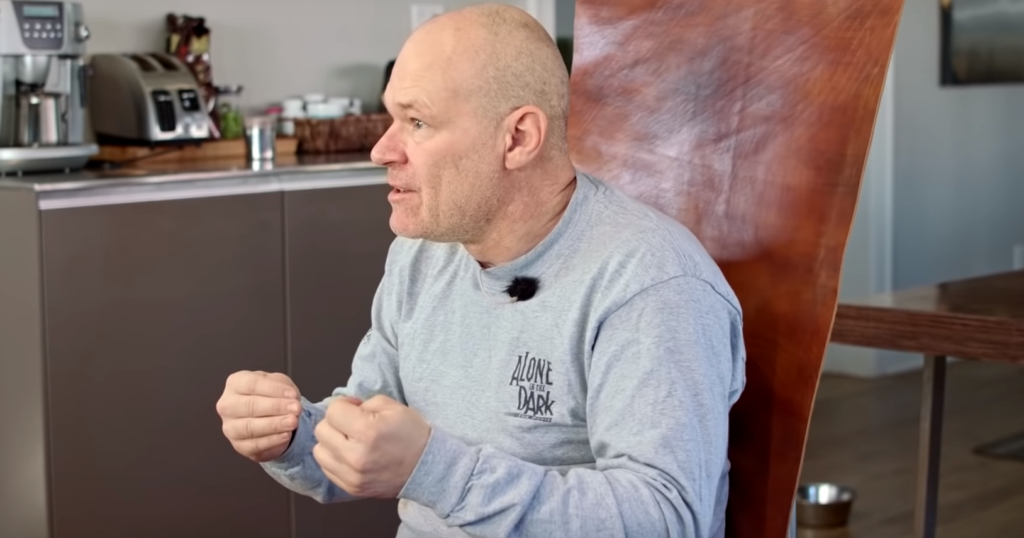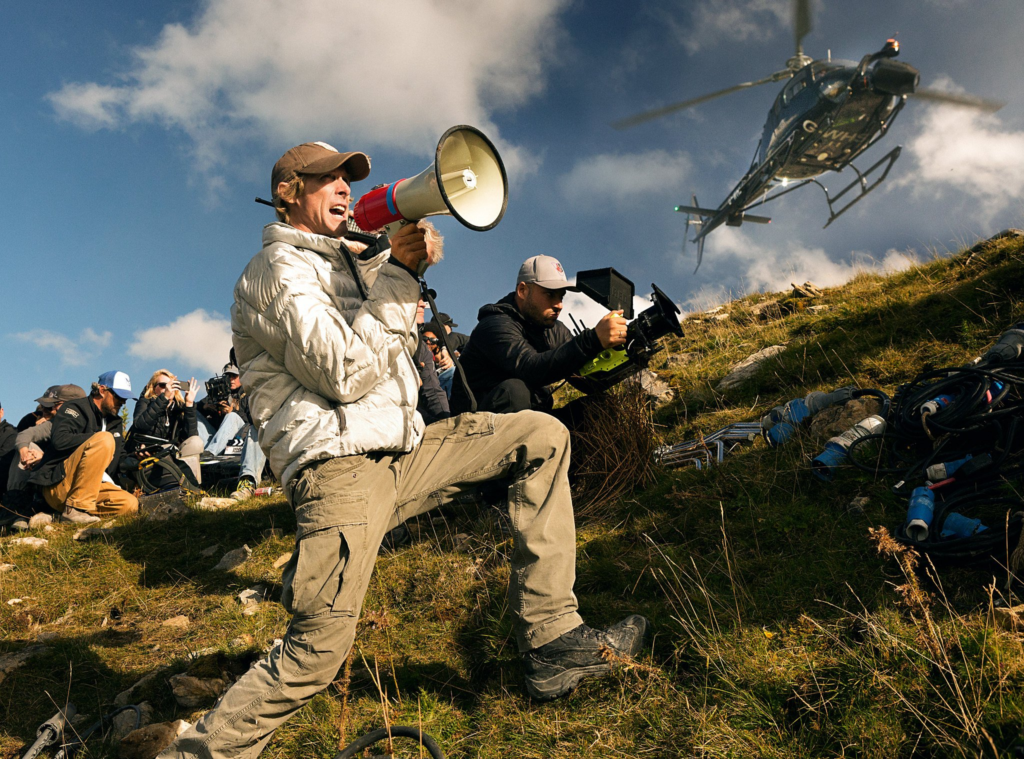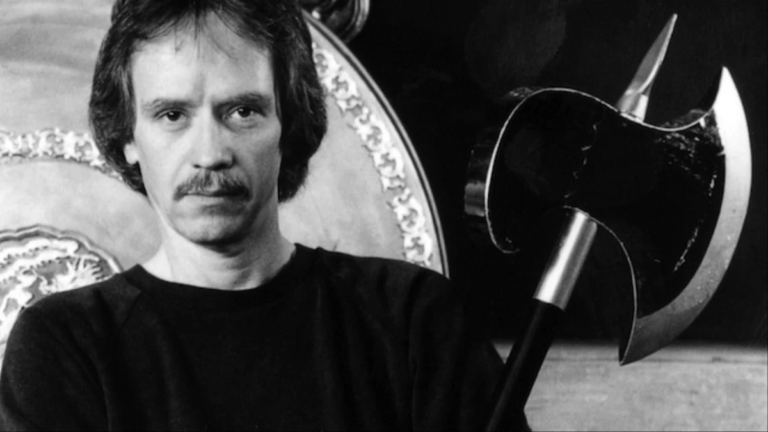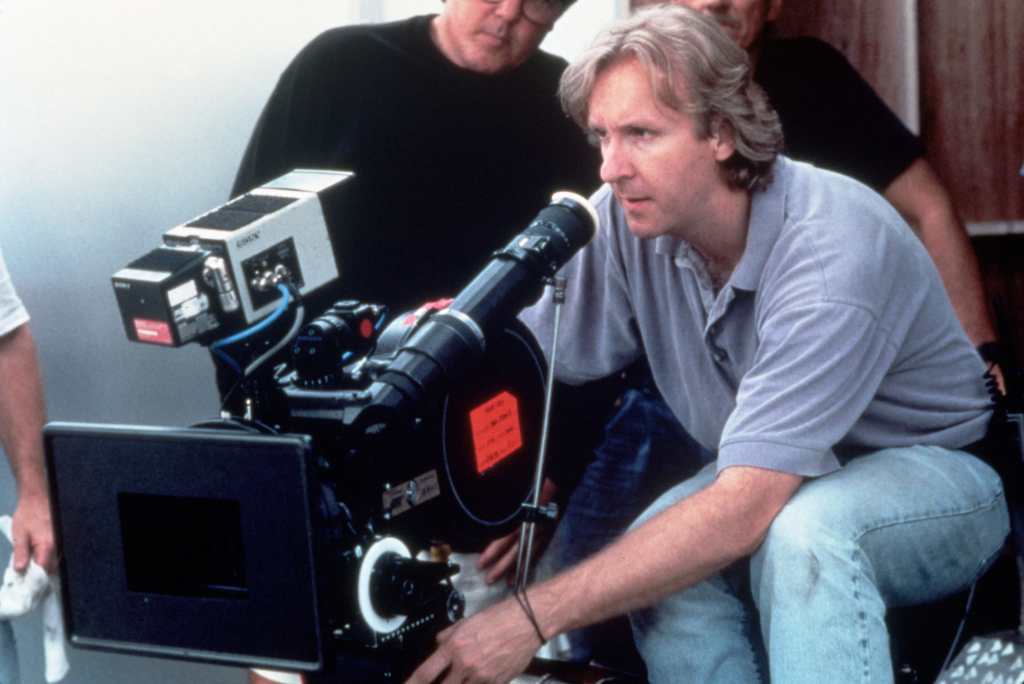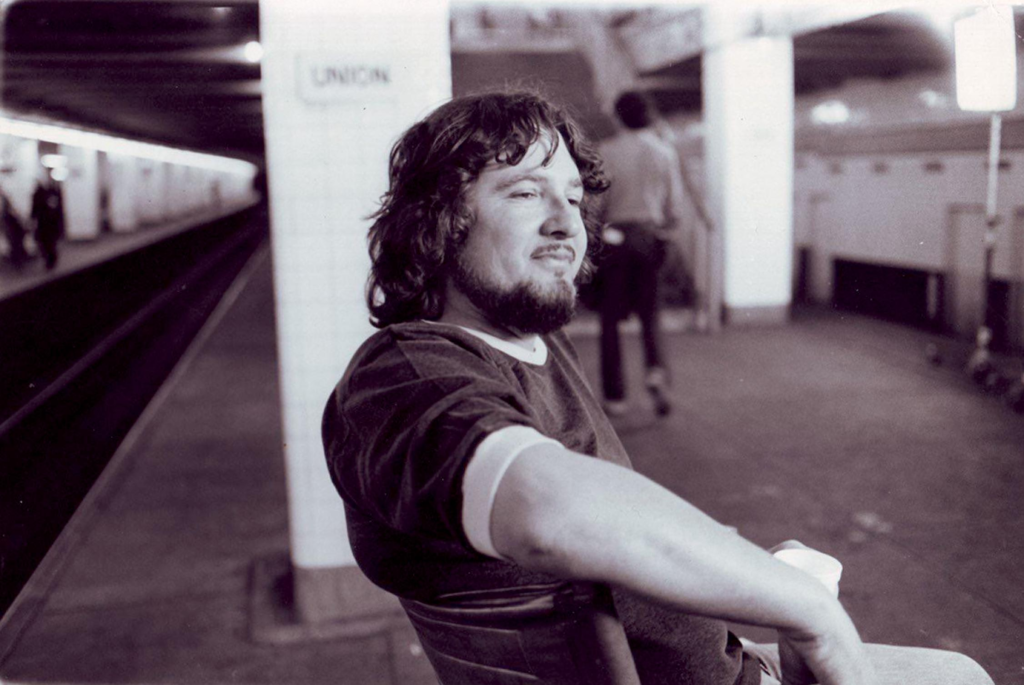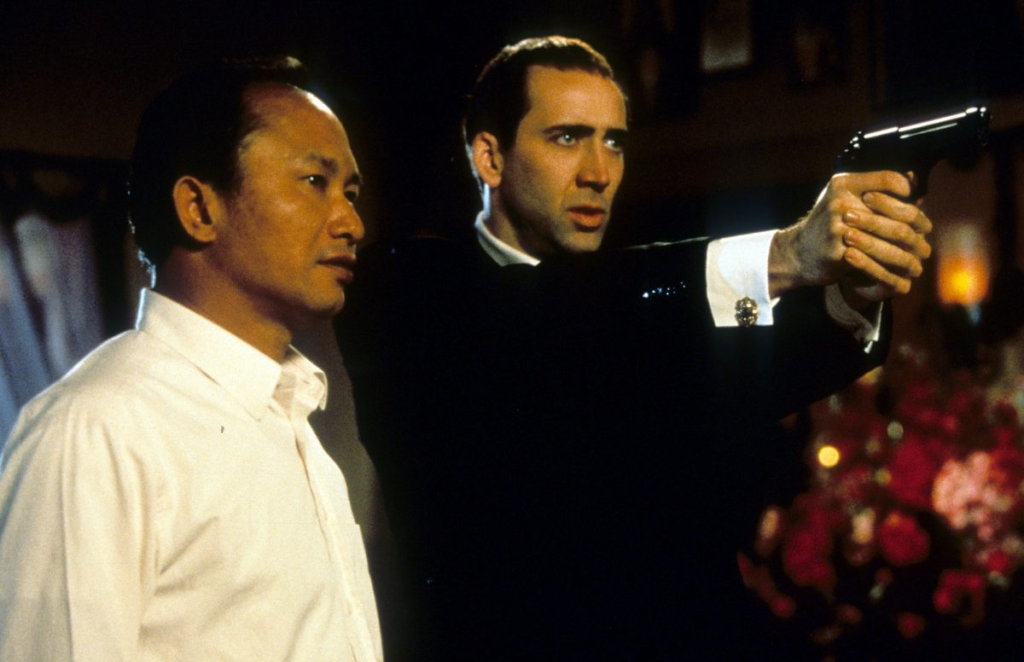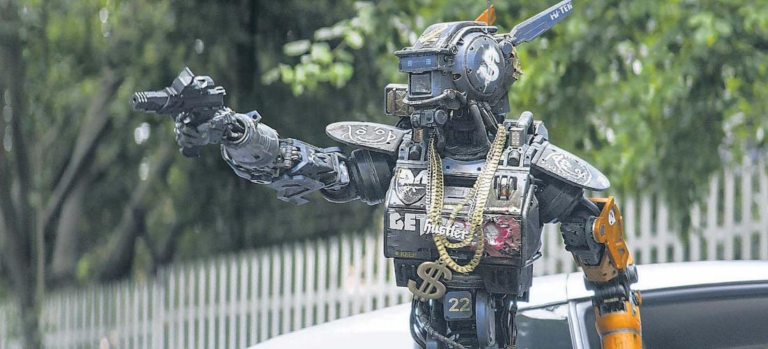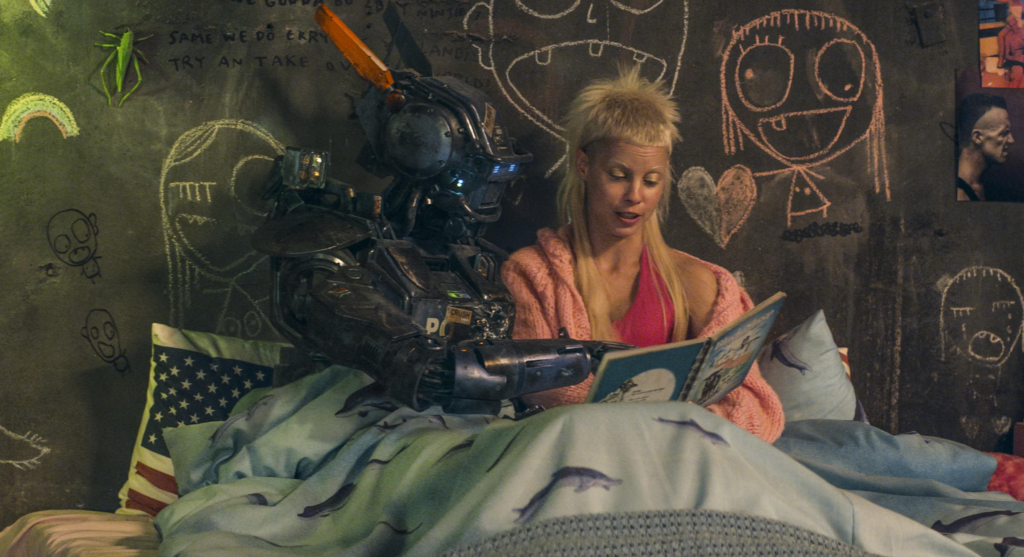A look back at how Conan the Destroyer stacks up in the ultimate sword & sorcery action genre.

Conan the Barbarian still stands as an uncontested Sword & Sorcery masterpiece, and turbocharged Arnold Schwarzenegger’s career. In the 1985 sequel he returned to his role as legendary warrior. Conan the Destroyer did not achieve the heights of its predecessor and still delivered everything we could wish for in a classic fantasy adventure, so let’s have a look!
Conan (Schwarzenegger) strikes a deal with the unsavory queen Taramis who promises she can bring his beloved Valeria back to life. In return, he is to escort the princess Jehnna during her task to find and return the Horn of Dagoth, that has the power to awaken a god. Conan assembles a band of companions for an adventurous journey through a land full of dangers and wonder.
A return to the days of high adventure
This film is all about adventure and action. The plot really is just a series of set pieces, and almost no time is spent on world-building or character backgrounds. In that sense, Conan the Destroyer is more of a spiritual companion to early S&S cheese like Hawk the Slayer and the Sword and the Sorcerer, rather than the first Conan film.
The production team sacrificed the brutal violence and crude sexuality of the first installment to earn a PG rating, even though the hot climate of Hyboria dictates that everyone shows lots of skin. Some silly moments and cheesy humor also reduce the immersion on occasion and help to make the film an easy-to-digest affair.
The many Italian Conan rip-offs impressively demonstrated that it is hard to make a convincing S&S flick without a sizable budget. And thankfully producer Dino DeLaurentiis scraped enough money together to create a fantasy world on a massive scale. Veteran director Richard Fleischer, who created genre classics like The Vikings and 20000 Leagues under the Sea, also knew exactly how to put a ton of excitement on the screen.
The classic 1980s indoor sets are of a lavish size that has fallen out of fashion in our times, and are a testimony to great craftsmanship and imagination. The outdoor cinematography is also awesome, with many panoramic shots of the endless steppe and towering mountains. The beautiful matte paintings of castles, ancient temples and wizard towers hugely contribute to the epic atmosphere. And Basil Poledouris returned to deliver a soundtrack that became a classic just like his compositions for the first film.
The princess must return with her virginity intact!

Conan’s attitude received a tonal shift compared the first film, he’s more talkative, and even cracks jokes. The comedic moments tend to be awkward sometimes, and so the aura of a mythical figure is transformed into that of a fairly generic action hero. The raw power of Schwarzenegger is complemented by the addition of two equally energetic actors without prior acting experience. Schwarzenegger is the undisputed star, but the biggest badass is Grace Jones as fellow warrior Zula, who radiates an incredible energy and ferocity.
And former NBA superstar Wilt Chamberlain is perfect in his role as the towering Bombataa, who even makes Schwarzenegger look small. There is not much dynamics between the band of adventurers apart from corny humor and some futile romantic advances. The film also misses a charismatic villain, even though it is hard to equal the menacing presence of James Earl Jones as Thulsa Doom.
“I suppose nothing hurts you.” “Only pain.”
The action kicks in every five minutes, and warriors, wizards and monsters provide an endless supply of enemies to be fought. There’s sword battles galore, and Schwarzenegger gets plenty of opportunity to display his skills with the blade. With his almost inhuman physique, he naturally is the center of gravity in each fight and kicks serious ass as expected.
Choreography and editing usually were not the center of attention when shooting action scenes in the 1980s, but here it all looks pretty smooth for the most part. In the big finale the awakened god Dagoth takes the stage. This abomination is brought to life with amazing practical effects, and its Lovecraftian vibe may be an homage to Conan’s origins in the weird fiction genre.
Conan the Destroyer’s take on fantasy pulp is more true to the genre than the first film for better or worse. It delivers a constant stream of action, while often being badass and cheesy at the same time. It all comes together nicely into a fine piece of ultimate Sword & Sorcery action!

